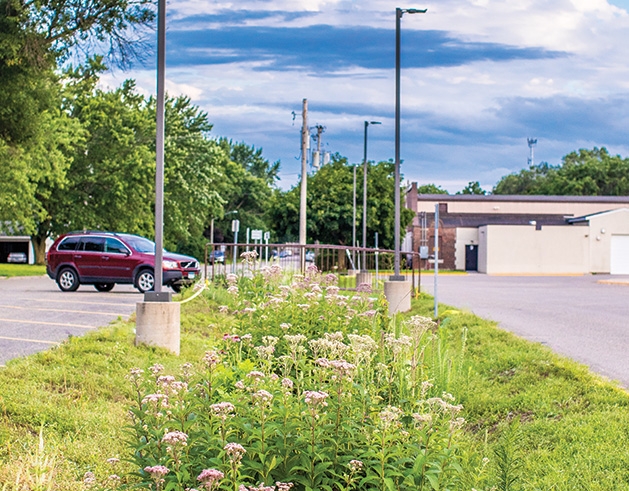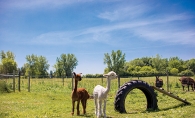
In the land of rivers, streams and over 10,000 lakes, water is a prominent part of all of our lives. Formed in 1983, the Vadnais Lake Area Water Management Organization (VLAWMO) works to protect and improve the quality of the water within our watershed area—about 25 square miles that form a natural basin that includes all or part of several Northeast Metro communities.
The Metropolitan Surface Water Management Act of 1982 addressed several water-related issues and led to the creation of organizations like VLAWMO, which provide expertise, funding and support for the cities and counties in their watershed area. VLAWMO’s education and outreach coordinator Nick Voss says, “VLAWMO's work covers a variety of topics in the world of water resources, like monitoring the health of our lakes and wetlands, reducing the impact of storm water runoff and working with stakeholders to make smart water management decisions.
“For example, when trumpeter swans were found dead at Sucker Lake in spring 2019, VLAWMO connected the dots. We pulled together experts … to understand the cause, which turned out to be lead poisoning, and form a plan of action. The result is an education campaign for folks to understand that lead sinkers and tackle are toxic to wildlife and [lead] accumulates up the food chain [affecting] coyotes, eagles and other wildlife. Choosing non-lead sinkers is ... more expensive but is the responsible choice to reduce the harmful impacts of lead,” says Voss.
When a community grows, the natural bodies of water can be impacted, says Voss. As surfaces like pavement increase, runoff increases, and additional storm drains are added. This connects streets and properties directly to lakes, rivers and wetlands. Materials like salt, trash, leaves and grass get picked up along the way. When it’s all mixed together, this “gunk” affects the health of the water. It can increase algae and impacts the lives of fish, says Voss. The goal is to build a way to reduce runoff so that the “gunk” stays out of the water, and nutrients from leaves and grass clippings stay in the soil where they belong.
VLAWMO monitors the water systems' health and plans improvements. They collect data to track changes and predict trends, and to guide grant applications to secure funding for projects like retention basins that store water and treat it before it ends up in the lake, says Voss.
One of VLAWMO’s current projects is installing a sand-iron filter near Birch Lake to treat incoming stormwater that is a hot spot for contaminants. VLAWMO is also working on restoring the health of Goose Lake, one of the most impaired lakes in the watershed, says Voss.
Adopt-a-Drain, Voss says, is an easy way to support any lake near you. Visit adopt-a-drain.org to learn how to keep trash and other gunk out of your nearest water body. The organization’s website, vlawmo.org, has information about their watershed restoration projects, how to practice water-friendly yard care, information on grants available to the public and more.
Vadnais Lake Area Water Management Organization
Facebook: Vadnais Lake Area Water Management Organization
Twitter: @VLAWMO
Youtube: Vadnais Lake Area Water Management Organization
Instagram: @vlawmo









